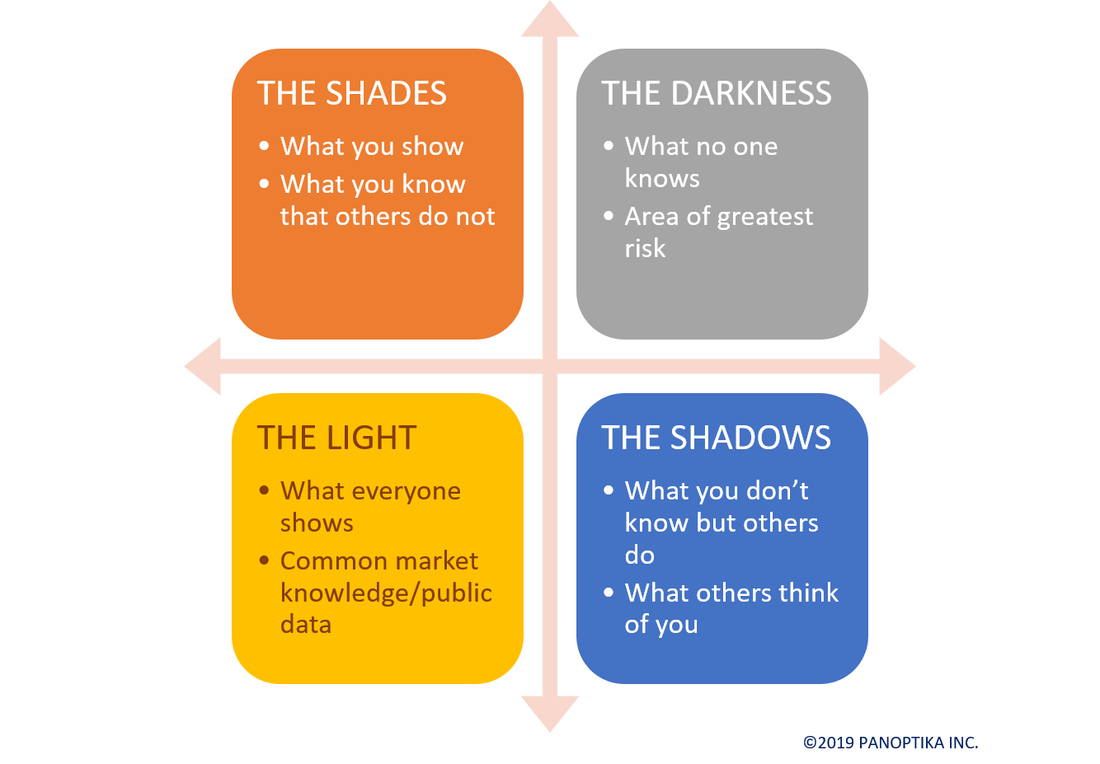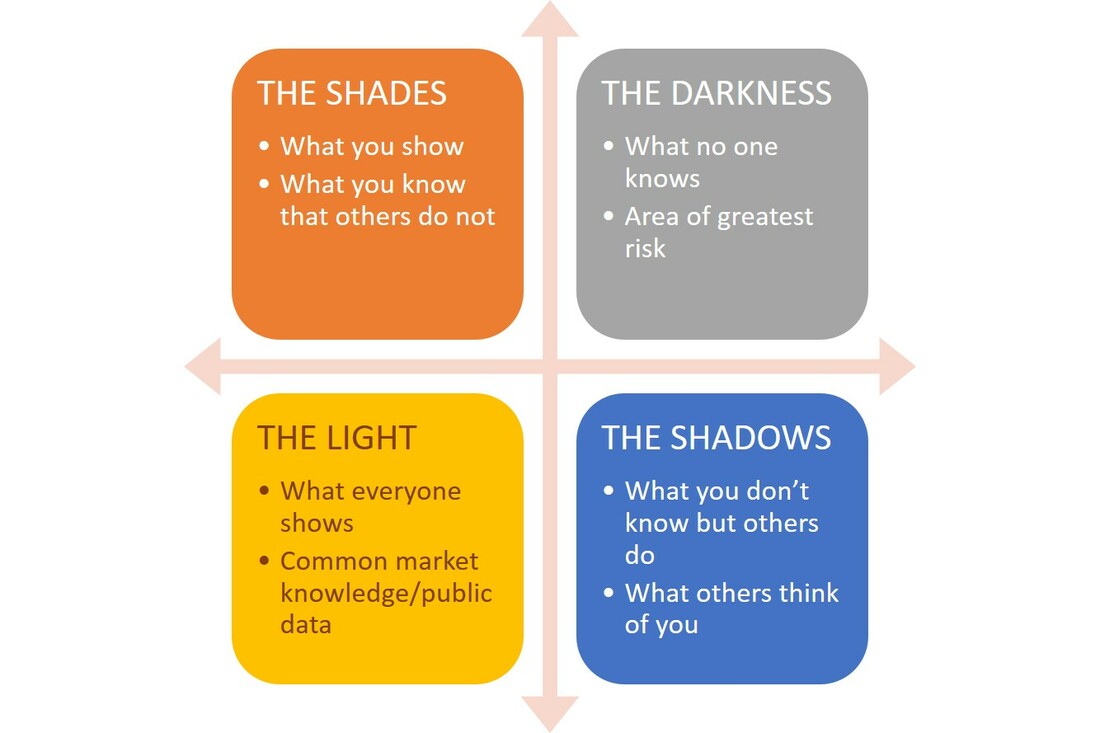This morning one of our connections posted a reminder that we are at the end of the quarter. Now we’re bracing for the inevitable. At least one client is bound to call or email today with a panicky-sounding voice, about how they need research or strategy work, because they’ve just realized we are at the end of the quarter, and they really, truly, meant to get started in January.
Does this sound like someone you know? If you’re in the business of customer understanding or user insights, and this happens, it can be tempting to respond by taking your hard-won budget, and doing a study that answers all of their questions…at this point in time. Will that let you see everything you need to know?
Snapshots can be really helpful, it’s true. It’s worth considering, though, whether a time exposure might reveal something extra. Setting up a program that opens the aperture to your customers and lets data flow in over time, can reveal patterns in ways that a single study can’t do (no matter how powerful). And sometimes it can be inexpensive to do this, by giving a “camera” to each of your customer-facing colleagues.
Setting up a story bank where their pictures and observations can be gathered and shared is a really useful way to do this. (Don’t know how to start? Let’s talk. We can help.)
I’m Megann Willson, and I’m one of the Partners here at PANOPTIKA. We help our clients see everything they need to know, to make better business and career decisions. Our specialty is finding novel ways to get answers to tricky questions. You can also find us on Twitter, LinkedIn, or Facebook, and for weekly insights and offers, why not subscribe to our Friday news you can use? There’s a button just below to help you do that. Next issue drops around 3pm, so sign up before that and receive your first issue this week.










